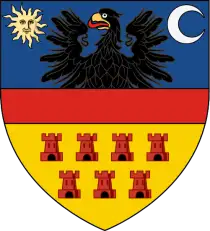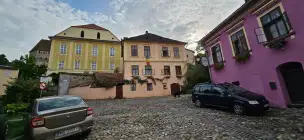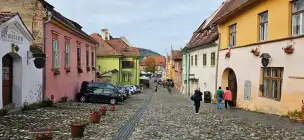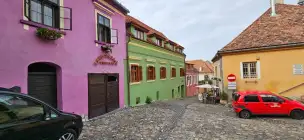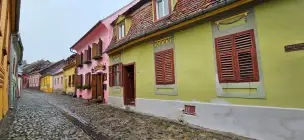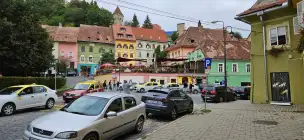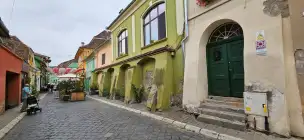Transylvania, also known as Siebengburgen (the Land of Seven Fortresses), is a historical region in central Romania, renowned for its rich history, culture, and picturesque landscapes.
Transylvania is surrounded by the Carpathian Mountains and opens to the west toward Hungary through the Hungarian Pass. It is a mountainous and hilly area with numerous valleys and rivers. The region’s scenic landscape attracts nature lovers and tourists alike.
Transylvania has a long and turbulent history. It has been inhabited by various ethnic groups and was part of different states and empires, including Hungary, Austria, and for a time, the independent Principality of Transylvania. In 1918, Transylvania was incorporated into Romania.
The region is famous for its numerous historical sites, including castles, churches, and towns with preserved medieval architecture. One of the most famous landmarks is Bran Castle, often associated with the character of Dracula, which is a popular tourist destination.
Transylvanian Saxons
The Siebenbürger Sachsen (Transylvanian Saxons) are a German-speaking ethnic group originating from Saxony, who settled in Transylvania starting in the 12th century. For centuries, they played a key role in the region’s economy, culture, and administration.
The Saxons were invited by Hungarian kings, mainly Géza II, to populate and defend the southern and eastern frontiers of the Kingdom of Hungary against invasions by the Cumans and Tatars.
Major cities of the Transylvanian Saxons:
- Hermannstadt (Sibiu) – The cultural and administrative capital of the Saxons, one of the best-preserved medieval towns in Romania.
- Kronstadt (Brașov) – An important trading center, known for the Black Church.
- Schässburg (Sighișoara) – A medieval fortress-town, listed as a UNESCO World Heritage Site.
- Bistritz (Bistrița) – A significant ecclesiastical and trading hub.
- Mediasch (Mediaș) – Known for its Evangelical church tower and wine production.
Today, only a small number of Transylvanian Saxons remain in Romania, as most emigrated to Germany, especially after 1989. However, their heritage remains visible in the architecture and cultural landscape of the region.
Klaus Iohannis, the current President of Romania, is of Transylvanian Saxon origin. He was born in 1959 in Sibiu, and is one of the few members of this community who stayed in Romania after the mass emigration of Saxons to Germany.



